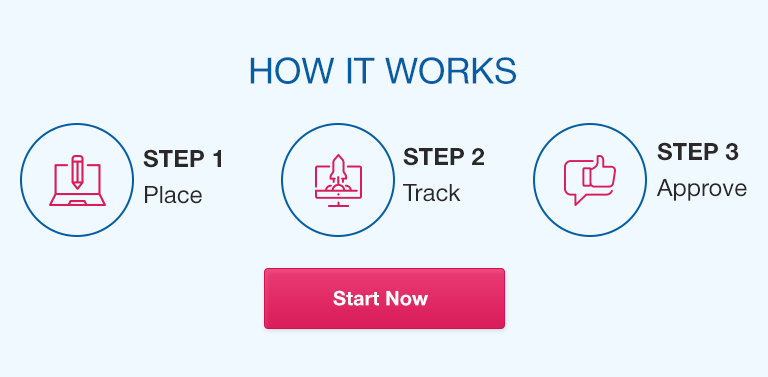Response to a post:
What are some of the biggest challenges in developing and implementing a preparedness exercise in a hospital setting?
Medical and public health professionals have long been aware of the need for improving coordination between their communities in cases of emergencies (Kaji, Langford, Lewis, (2008). This is a need to prepare the hospital facilities to attend to emergencies with a high success rate. It is very important to develop a hospital Emergency Management Plan (EMP). According to Kaji, Langford, Lewis, (2008), no perfect method can be used in EMP. The plan provides direction for the key stakeholders such as the staff to follow before, during, and after emergencies. It also ensures that the hospital provides essential services in a conducive and safe environment. The absence of a good EMP means a bigger stagnation of this preparedness exercise.
What differences/similarities exist between hospital and municipal preparedness exercises?
There are a lot of differences that municipals and hospitals have regarding preparedness exercise. One of the differences is that both are of different professional backgrounds, as the hospital attend majorly on health emergencies while municipals mostly attend to natural disasters like fire outbreak. Their similarity is that they address one issue which is an emergency call. In most cases, they work together in drilling exercises as sometimes these natural disasters are predictable. If these challenges are addressed, then the preparedness exercise development and implementation in hospitals can be swift and successful.
Refrence
Kaji, A., Langford, V., Lewis, R., (2008, 195-201). Assessing Hospital Disaster Preparedness: A Comparison of an On-Site Survey, Directly Observed Drill Performance, and Video Analysis of Teamwork, Annals of Emergency Medicine.V52
Expert Solution Preview
In developing and implementing a preparedness exercise in a hospital setting, there are several significant challenges that need to be overcome. One of the biggest challenges is the need for coordination and collaboration between various stakeholders. Hospital preparedness exercises involve multiple departments, including medical staff, administration, support services, and external agencies such as emergency management authorities. Ensuring effective communication and coordination between these different entities can be complex and requires careful planning and organization.
Another challenge is the identification and mitigation of potential risks and vulnerabilities within the hospital. Hospitals are diverse and dynamic environments where numerous factors can impact emergency response and preparedness. Identifying these factors, such as infrastructure limitations, resource availability, and staff training needs, is crucial for developing an exercise that accurately reflects the hospital’s capacity to respond to emergencies.
Furthermore, maintaining the engagement and participation of hospital staff in preparedness exercises can be challenging. Healthcare professionals often have demanding workloads and limited time for additional training activities. It is essential to design exercises that are realistic and relevant to their roles and that clearly demonstrate the importance of preparedness in maintaining patient safety and effective healthcare delivery.
Lastly, regularly updating and revising the hospital’s emergency management plan (EMP) is critical but can be a challenge in itself. As new threats and risks emerge, the EMP must adapt and evolve accordingly. This requires ongoing assessment, evaluation, and revision to ensure the plan remains effective and up to date.
Overall, developing and implementing preparedness exercises in a hospital setting requires overcoming challenges related to coordination, risk identification, staff engagement, and plan maintenance. By addressing these challenges, hospitals can enhance their readiness to respond to emergencies and ensure the safety of patients and staff.


